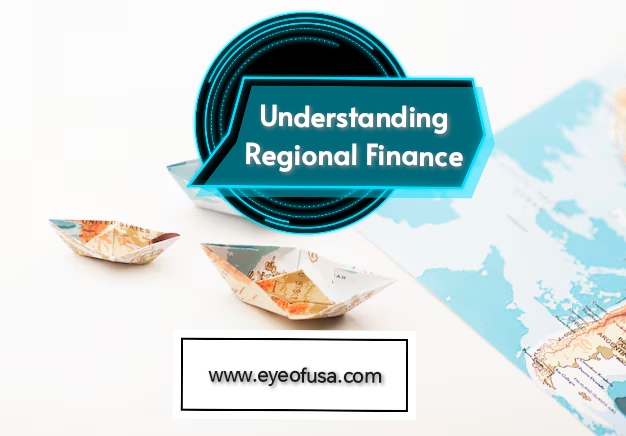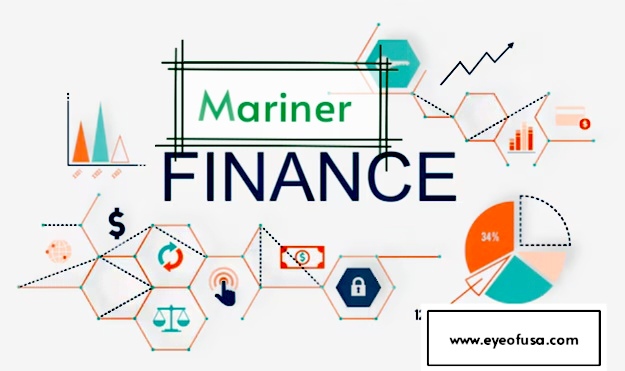
Welcome to eyeofusa.com! Managing your finances effectively is essential for achieving your financial goals, whether saving for a rainy day or planning for retirement. One of the most critical steps in financial management is budgeting. In this article, we’ll walk you through the top 10 budgeting tips tailored for individuals and families in the US.
1. Introduction to Budgeting: Why Is Budgeting Important?
Budgeting is the foundation of financial stability. By creating and sticking to a budget, you gain control over your money, reduce stress, and set the stage for achieving your financial dreams. In the US, where the cost of living can vary significantly across regions, budgeting helps you make the most of your income and prepares you for unexpected expenses.
Q: How can budgeting improve my financial situation?
Budgeting provides a clear picture of your finances, helping you to allocate resources efficiently, avoid debt, and save for future goals.
2. Understand Your Income and Expenses: What Are My Spending Habits?
The first step in budgeting is understanding where your money comes from and where it goes. Start by listing all sources of income and tracking every expense, no matter how small. This will give you a clear picture of your spending habits and highlight areas where you can cut back.
Explanation:
By tracking your income and expenses, you can identify patterns in your spending. For example, you might find that you spend more on dining out than you realized. This awareness allows you to make informed decisions about where to cut back.
3. Set Clear Financial Goals: What Do I Want to Achieve?
Setting financial goals gives your budget a purpose. Whether you aim to pay off debt, save for a down payment on a house, or build an emergency fund, having clear goals will motivate you to stick to your budget.
Explanation:
Divide your goals into short-term (e.g., saving for a vacation) and long-term (e.g., retirement savings). This division helps you prioritize your spending and savings.
4. Create a Realistic Budget: How Do I Start?
Creating a budget might seem daunting, but it doesn’t have to be. Start by categorizing your expenses (e.g., housing, food, entertainment) and allocate a specific amount to each category. Be realistic about your spending and ensure your budget reflects your lifestyle and goals.
Explanation:
Use budgeting apps like Mint or YNAB (You Need a Budget) to simplify the process. These tools can help you track spending, set limits, and stay on top of your finances.
5. Prioritize Essential Expenses: What Are My Non-Negotiables?
Not all expenses are created equal. Prioritize essential expenses such as housing, groceries, and utilities. These should take up the largest portion of your budget, with discretionary spending (like entertainment) coming later.
Explanation:
By focusing on essentials first, you ensure that your basic needs are met. This approach prevents overspending on non-essential items, which can derail your budget.
6. Cut Unnecessary Spending: Where Can I Save?
Once you’ve identified your essential expenses, look for areas where you can cut back. This might include dining out less frequently, canceling unused subscriptions, or opting for cheaper alternatives.
Explanation:
Cutting unnecessary spending doesn’t mean sacrificing your quality of life. It’s about making smarter choices, like cooking at home instead of ordering takeout or choosing a more affordable phone plan.
7. Save Before You Spend: How Can I Make Saving a Priority?
One of the most effective budgeting tips is to pay yourself first. This means setting aside money for savings before you start spending on other things. Consider automating your savings so a portion of your income goes directly into a savings account.
Explanation:
By saving first, you ensure that you’re building a financial cushion. This habit helps you prepare for emergencies and future financial goals without relying on credit.
8. Use the 50/30/20 Rule: How Should I Allocate My Income?
The 50/30/20 rule is a popular budgeting method. Allocate 50% of your income to needs (housing, food, utilities), 30% to wants (entertainment, dining out), and 20% to savings and debt repayment.
Explanation:
This rule provides a balanced approach to budgeting, allowing you to enjoy life while still being responsible with your finances. Adjust the percentages based on your specific situation, such as increasing savings if you’re aiming to pay off debt faster.
9. Regularly Review and Adjust Your Budget: Why Is Flexibility Important?
Life is full of surprises, and your budget should be flexible enough to adapt to changes. Regularly review your budget to ensure it still aligns with your goals and adjust it as needed.
Explanation:
A budget is not a one-time task but an ongoing process. Reviewing your budget monthly helps you stay on track and make necessary adjustments, such as reallocating funds after a salary increase or unexpected expense.
10. Stay Committed and Be Patient: How Can I Stick to My Budget?
Budgeting is a marathon, not a sprint. It takes time to see the benefits, so stay committed and be patient. Consistency is key to achieving your financial goals.
Explanation:
Remind yourself of why you started budgeting in the first place. Celebrate small victories, like paying off a credit card or reaching a savings milestone, to keep yourself motivated.
Conclusion:
Budgeting is a powerful tool for financial success. By following these top 10 tips, you can take control of your finances, reduce stress, and work towards your financial goals. At eyeofusa.com, we’re here to help you navigate the complexities of personal finance, providing practical advice and resources to support your journey.
Description: Explore the top 10 budgeting tips for managing your finances in the US. Learn how to save money, achieve your financial goals, and create a budget that works for you. By eyeofusa.com











